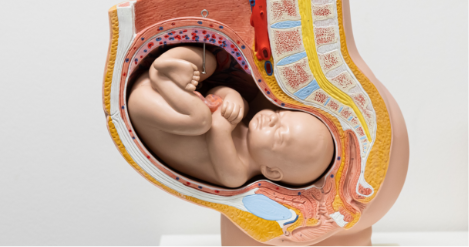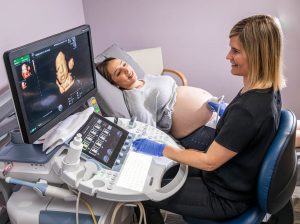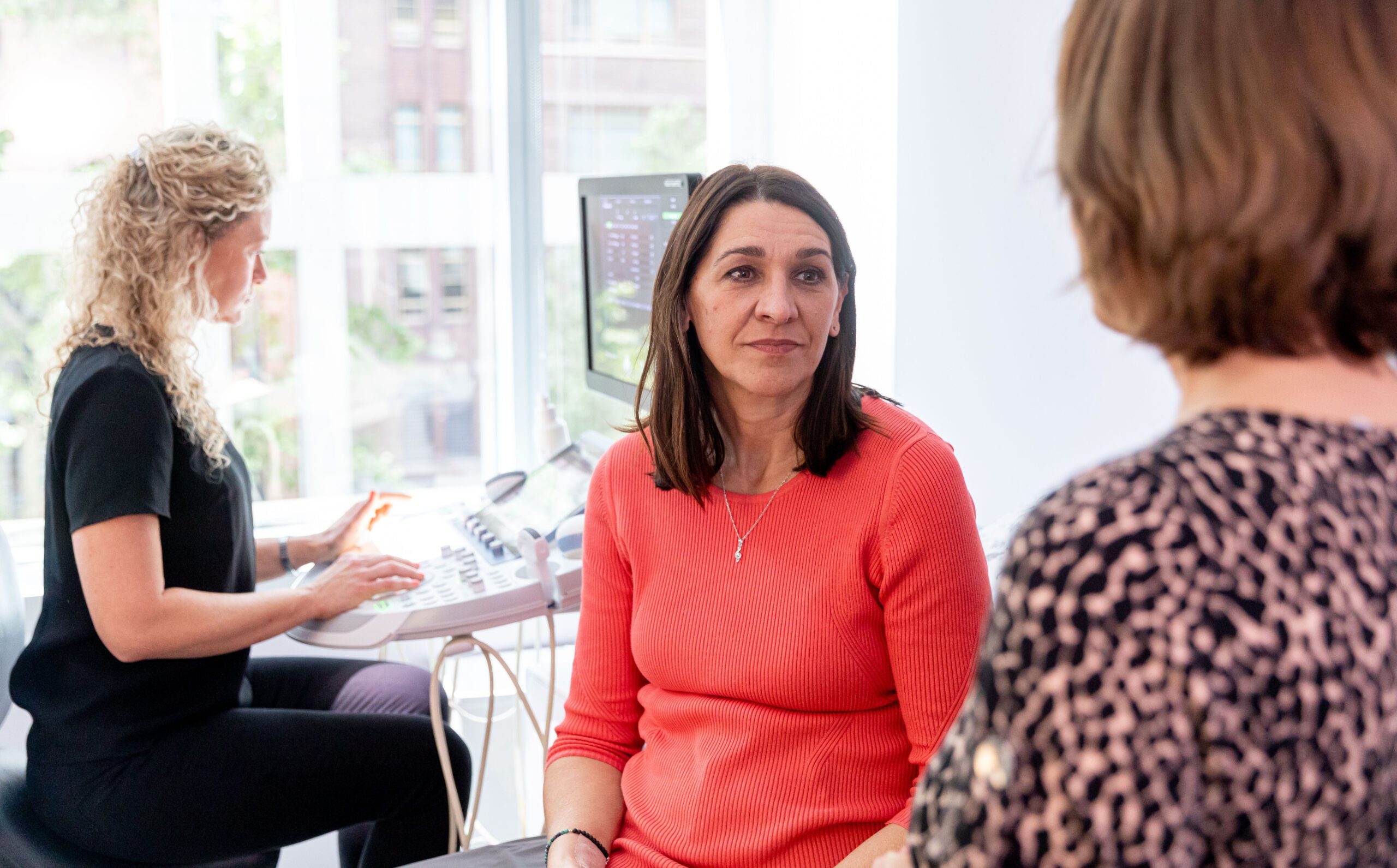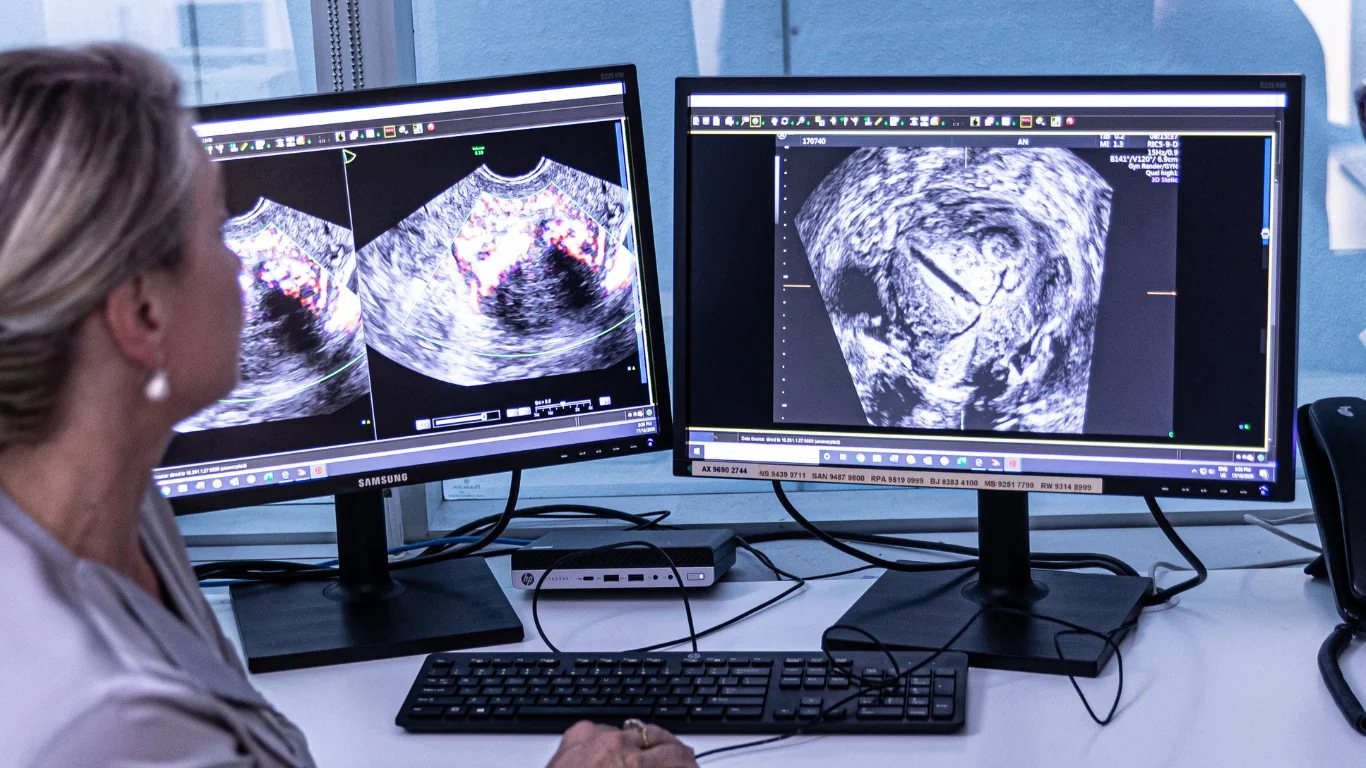Fact or Fiction?
Many old wives’ tales have endured for centuries, and are part of our oral history. In more recent times, new myths have sprung up in response to changes in our world and modern technology. Old wives’ tales and myths may offer us a sense of control in a world of uncertainty.
Their advice can be comforting, especially when it comes to experiences that are filled with mystery and uncertainty, like pregnancy and childbirth.
See if you can spot the fact from the fiction as we debunk some old (and new!) wives’ tales …

Research in the 1970’s suggested that women who lived in close proximity were likely to experience period synchrony. This was believed to be due to the exchange of pheromones between the women.
This initial study from the 1970’s has since been criticised for its poor design, and modern research does not show any evidence of period synchronisation. This means that having your period at the same time as your housemate is due to random chance.
Not quite as exciting as pheromones, but probably more accurate.

False. You can fall pregnant during your period, although it is unlikely. Peak fertility occurs during ovulation, which happens at around 12 – 16 days before your next period. Sperm can live for 5 – 7 days in the vagina.
This could be just long enough to fertilise that egg cell, especially if you have unprotected sex towards the end of your period, and if you tend to have shorter menstrual cycles.
False. It’s not true that you need to “clear your system” of the pill before falling pregnant. The hormones in birth control pills do not stay in your body for more than 2 days after you stop taking them.
One reason that women were previously told to delay conception for a few months after stopping the pill, was so that they could be sure of their last period for doctors to plot their gestation. Nowadays, an early pregnancy ultrasound is the most accurate way of determining gestational age.
 You’ve always wanted a girl. Or boy. Can you influence the sex of your baby?
You’ve always wanted a girl. Or boy. Can you influence the sex of your baby?
Old wives’ tales abound that your diet, sexual position during conception, or the timing of sex relative to ovulation can be used to choose the gender of your baby. None of these methods have ever been proven.
For couples who face the prospect of passing a genetic illness on to a child of a particular sex, preimplantation genetic screening or sperm sorting can be used, together with in vitro fertilisation, to select a baby’s gender. But this is not recommended for non-medical reasons.
When it comes to predicting your baby’s gender, old wives’ tales abound. Some of the more popular ones include:
If the foetal heart rate is less than 140 beats per minute, it’s a boy.
A big pregnancy bump means it’s a girl; extra weight around the bottom predicts a boy.
Dark nipples mean it’s a boy.
Carrying low means it’s a boy; carrying high mean’s it’s a girl.
Dry hands mean it’s a boy; soft skin means it’s a girl.
It’s all in the swing of the ring – hang your wedding ring over your belly and see which way it swings! A circle means a boy; back and forth means a girl!
Sweet cravings mean it’s a girl; salty and it’s a boy for sure.
Morning sickness means it’s time to think pink.
Glowing and radiant? It’s a boy. (Of course, a baby girl would steal your beauty!)
Do any of these tales contain any truth? None that has been proven.
Ultrasound is the best way to reveal your baby’s gender. Ultrasound is more than 99 % accurate at determining foetal sex after you are 12 weeks pregnant. Even then, there are some factors beyond the best sonographer’s control, which can prevent them from confirming the baby’s sex during that long-awaited ultrasound.

False. Ultrasound does not contain radiation. Rather, it uses high-frequency sound waves, and the timing of echoes as they bounce off tissues, to create pictures of our organs.
Although ultrasound waves can heat tissues slightly, with modern ultrasound machines (Ultrasound Care uses the latest technology available), the rise in temperature is negligible. When used by Ultrasound Care’s specialist doctors and sonographers, who follow the ALARA (as low as reasonably achievable) principle of prudent scanning, pregnancy ultrasound is considered safe. Transvaginal ultrasound is no more harmful than transabdominal scanning.
Not true, unfortunately! While pregnant, you do need a diet rich in nutrients to nourish your growing baby. But this doesn’t mean doubling your food intake.
During the first trimester, you don’t need to consume any more calories than usual. Individual nutritional requirements vary, but on average, a woman needs around 300 – 450 extra calories daily, in the second and third trimesters of pregnancy.
Eating too much in pregnancy could cause excess weight gain. Extra weight increases your risk of gestational diabetes and hypertension, as well as the chance that your baby could be too big to deliver normally.

This is not totally wrong, but luckily there are only a few instances in which a full bladder is helpful. The early pregnancy ultrasound is one of them. It is easier to visualise the pelvic organs when the bladder is full, because fluid within the bladder intensifies the movement of sound waves through the surrounding tissues.
Even if the bladder is empty, an ultrasound can still be done and results obtained. So, if you cannot hold on, please let us know!
This is again partly correct. Ultrasound is mainly done outside of the body. However, in some cases, transvaginal ultrasound may be necessary. Transvaginal ultrasound can be used to visualise the pelvic organs during an ultrasound for a gynaecological condition. In some cases, a transvaginal view is also required during a pregnancy ultrasound.
This is definitely a popular theory! It’s not proven to work, though. Spicy foods might just bring on heartburn instead.
So what’s the verdict on old wives’ tales?
Are they just a bit of harmless fun? Or do they confuse us unnecessarily? With all the information available to us today, do we have any reason to rely on unscientific myths?
Despite all our scientific innovation, today’s world can still seem pretty scary, and we can sometimes feel that technology may leave us with more questions than answers.
Be assured that the doctors and sonographers at Ultrasound Care, are committed to your wellbeing and follow the best scientific evidence in caring for your (and if your pregnant – your baby’s) health. And that is definitely fact, not fiction.





